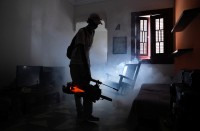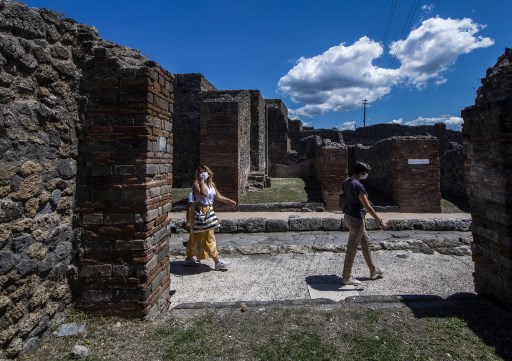
by Alexandria SAGE
Agence France-Presse
Pompeii, Italy (AFP) — Italy’s world-famous archaeological site Pompeii reopened to the public on Tuesday as the country’s coronavirus lockdown lifted — though guides outnumbered tourists at the ancient Roman city.
The exceptionally-preserved remains of the city covered in volcanic ash by the eruption of nearby Mount Vesuvius nearly 2,000 years ago in 79 A.D. are usually the country’s second-most visited site after the Colosseum in Rome.
But on Tuesday, many of its most important ruins, like its stone Amphitheatre or Temple of Apollo, lay hauntingly empty.
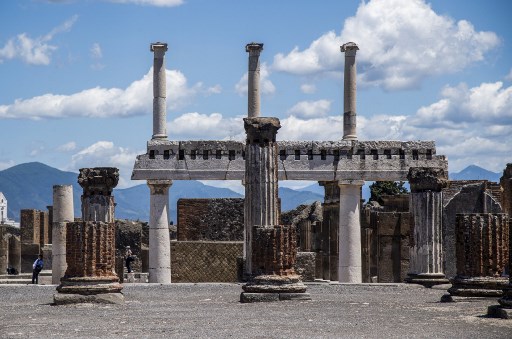
With foreign tourists still prohibited from travel to Italy until June, the site that attracted just under four million visitors in 2019 is hoping that for now, Italian tourists can make up at least a fraction of the difference.
One, Antonio DiGiuseppe, said he came every year to visit the ruins.
He that being at Pompeii without crowds is “strange”.
“It’s great as a tourist because you can take photos easily.”
Visitors will take a mandatory route, but a second itinerary will be added on June 9. Tickets cost five euros ($5.5), but people will have to reserve ahead and have their temperatures checked by a thermal scanner on entering.
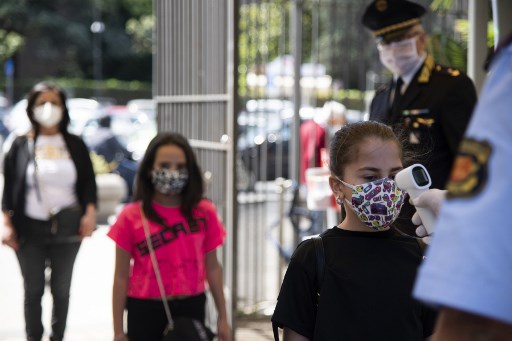
Among the first through the gates Tuesday was an American couple from Detroit who had tried to visit just before the lockdown but found it closed. They have been staying in an Airbnb in Pompeii ever since.
“It’s been a long wait, but this is why we came here and here we are!” Marvin Hewson said, adding that they had spent a lot of time studying the ruins from the outside.
“It’s fantastic, well worth the wait to see them up close,” said his wife, Colleen.
‘Emptiness, sadness’
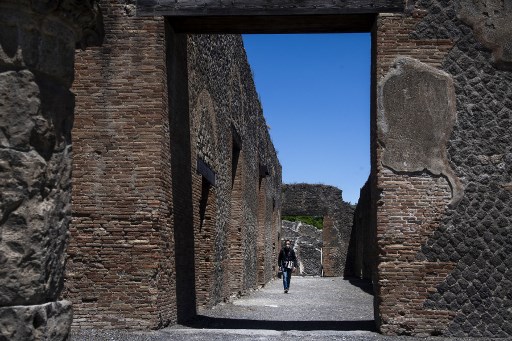
Not all were as chipper. Valentina Raffone, 48, who has been a guide at the site for some 20 years, said there was a “sense of emptiness, of sadness, of post-eruption.”
“It’s only us guides, and journalists,” she said, referring to the few dozen guides who had shown up to see how the site had changed in the post-coronavirus era.
Areas with only one way to enter and exit are now closed off, to avoid crowding, while those with more space — even some which were previously closed to the public — are now open.
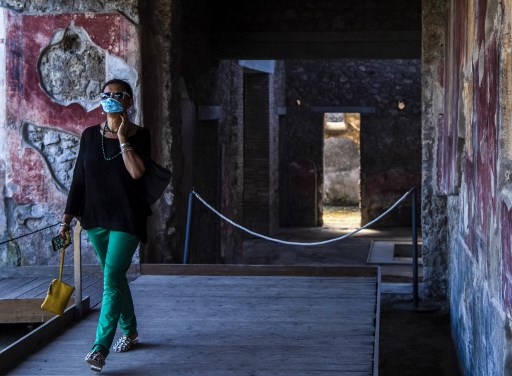
Pompeii had just celebrated the culmination of a long $113 million restoration when the coronavirus crisis hit Italy and museums and cultural sites were closed in March.
The project, which began in 2012, was paid for largely by European Union funding and enlisted large teams of archaeologists, architects, engineers, geologists and anthropologists.
The collapse of the “House of the Gladiators” after days of heavy rain in 2010 underscored the risk to Pompeii’s treasures after years of neglect and mismanagement.
UNESCO warned that multiple buildings at the site were at risk and extensive restorations, and consistent upkeep, were needed.
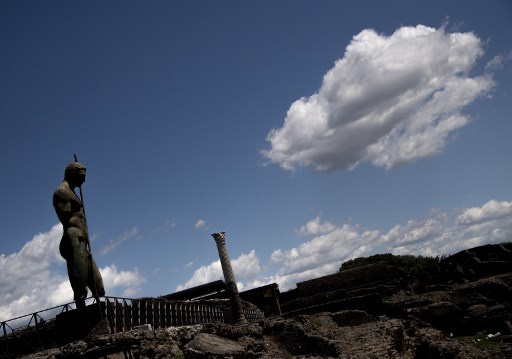
New treasures seen by few tourists before the lockdown included the ancient frescoes and centuries-old tile floors of the “House of Lovers,” a two-story home that had been closed to the public since 1980 after an earthquake, and the “House of Orchards,” featuring intricately detailed frescoes of fruit trees and birds.

© Agence France-Presse


